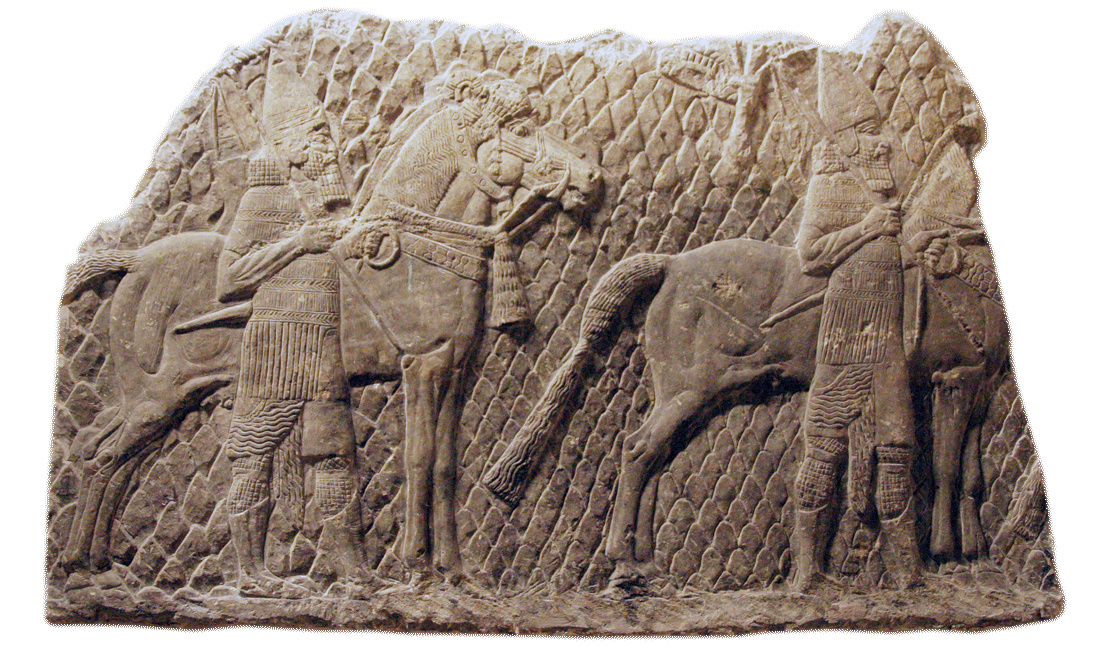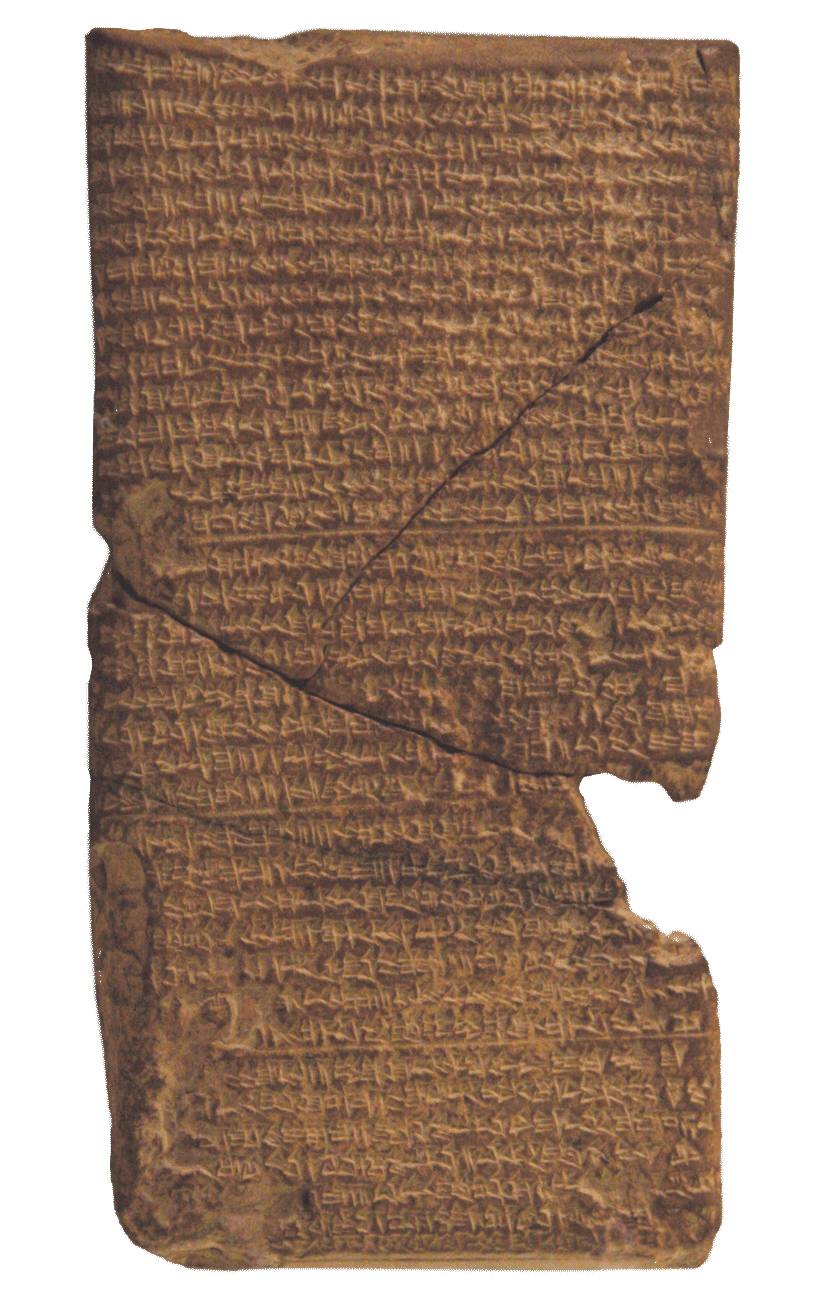Habakkuk
Talking with God about Judgment
Central Teaching
Habakkuk questions God but then learns to accept God’s sovereign plan of raising up the Babylonians to judge the injustices and idolatry of Judah.
Memory Verse

Wall relief depicting Assyrian cavalry
Setting
The book of Habakkuk does not have an opening historical superscription tying it to the reign of a certain king, but Habakkuk 1:6 indicates that the setting for Habakkuk is in the southern kingdom of Judah just prior to one of the Babylonian invasions (597 BC or 587/586 BC). This would make Habakkuk a contemporary of Jeremiah and Zephaniah. Josiah, the last good king of Judah, was killed by an Egyptian army in 609 BC, and the kings who succeeded him, along with the nobles and most of the priests and court prophets (i.e., false prophets), quickly led the nation into a moral and theological decline. The book of Jeremiah provides a good picture of the blatant idolatry and social injustice that characterized Jerusalem in the time of Habakkuk. The prophet Habakkuk is one of the few people, along with the other true prophets such as Jeremiah and Zephaniah, who react against this degeneration.

Rhytons, large cup-bowl vessels made for mixing and drinking wine, have been found in numerous archaeological sites. This one was found in Syria (fifth century BC). Habakkuk, as well as several other prophets, uses the image of drinking wine as one of judgment. He declares, “The cup from the LORD’s right hand is coming around to you” (2:16).
Message
Sometimes we look at the evil and sin around us and wonder why God doesn’t do something about it. This is exactly what the prophet Habakkuk did. He saw terrible things in his home country of Judah, and he complained to God, “Why do you make me look at injustice? Why do you tolerate wrong?” (1:3). The book of Habakkuk deals with how God answers Habakkuk and how the prophet comes to grips with that answer.
In essence Habakkuk follows the standard three-part prophetic message:
- You (Judah) have broken the covenant; you need to repent!
- No repentance? Then judgment!
- Nevertheless, there is hope beyond the judgment for a glorious, future restoration.
However, the style of Habakkuk is quite different than the other prophetic books because the book of Habakkuk is structured as a dialogue between Habakkuk and God.
Outline
Interesting Features
- The book of Habakkuk is a dialogue between the prophet and God.
- Habakkuk struggles with why God allows injustice to persist in Judah.
- In the New Testament Paul uses Habakkuk 2:4 as a foundational verse for explaining justification by faith (Rom. 1:17; Gal. 3:11).
- Habakkuk learns to rejoice in God, even though judgment is coming on Judah, his home country.

The book of Habakkuk is set just prior to the Babylonians’ rise to power. This clay tablet gives a description of the Babylonian capture of Nineveh, the Assyrian capital, a critical event in the shift in power from Assyria to Babylonia.
Connections
Habakkuk teaches us that often we do not understand how God is working. Sometimes, like Habakkuk, we ask why God does not intervene and do something right now. This book tells us to trust in God’s long-range plan and to wait patiently in the meantime, rejoicing in God’s control of the outcome.
In addition, as Paul so eloquently explains in Romans and Galatians, faith in God is a critical component of a true relationship with God and should be a central feature in our day-to-day understanding of how God works in the world. Faith, life, and salvation are inextricably bound up together.